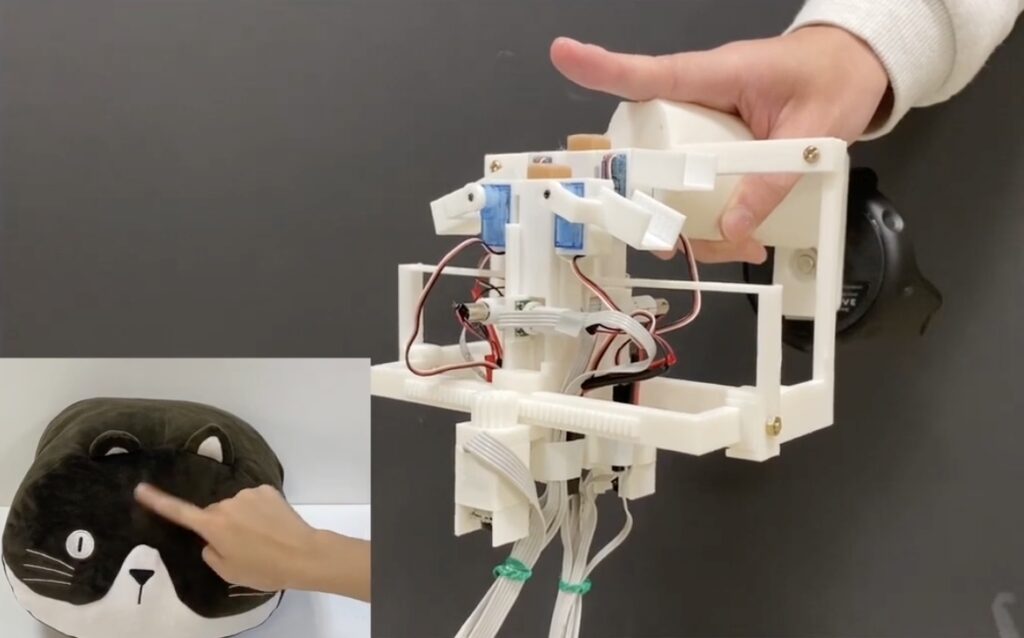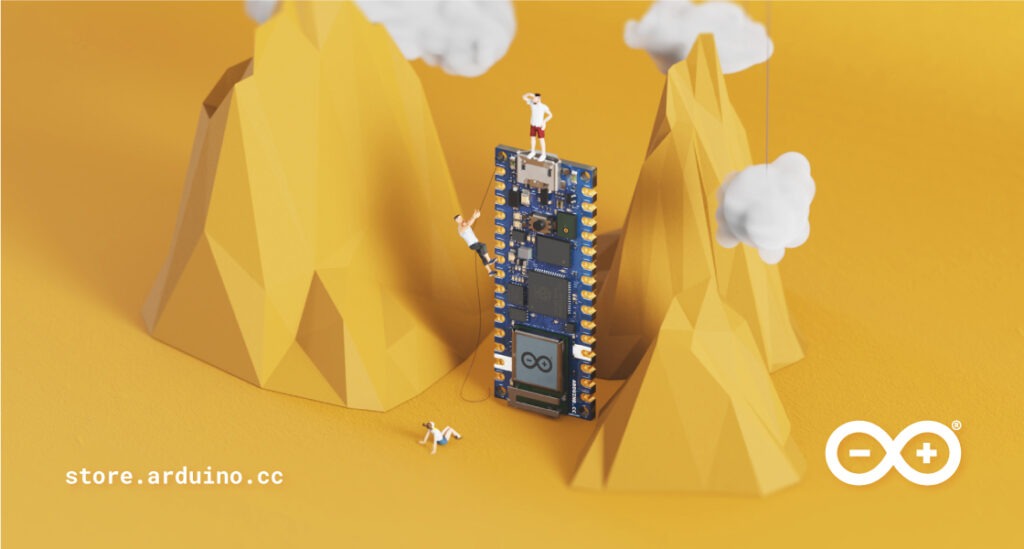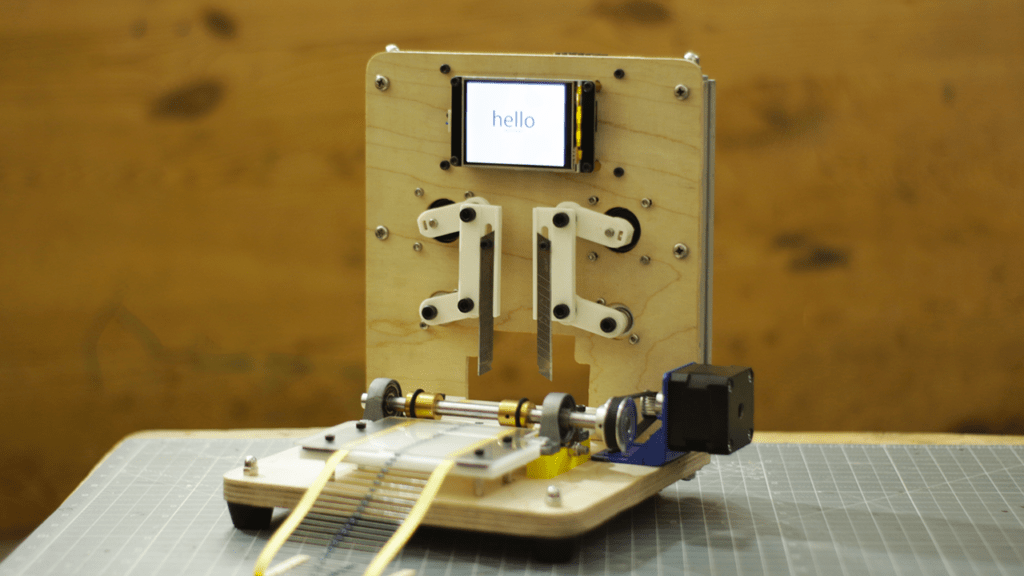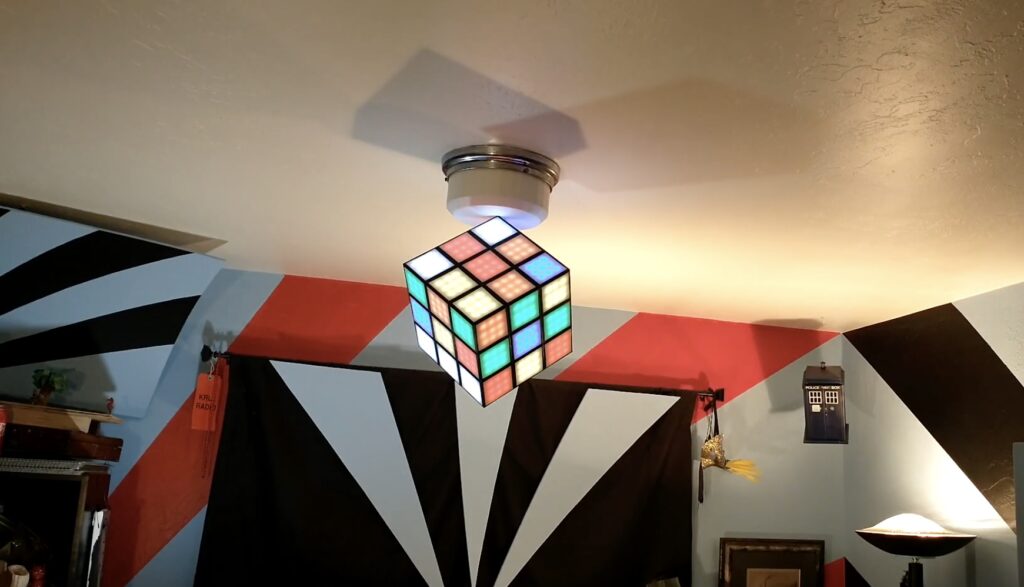With the addition of a MOSFET and some tweaks to the program code an Arduino Uno can log every two seconds for a year on a 2,400mAh battery.
A pair of researchers from Newcastle University have published a paper investigating optimizations to boost battery life in Microchip ATmega328P-based, Arduino-compatible data loggers — by tweaking SD card save operations.
“As part of a university project, I needed to look into how to make the Arduino/ATmega328P last on a couple of AA batteries for over a year,” first author Luke J. Bradley explains. “After doing a lot of digging through the datasheet and reading multiple online forums, I discovered that there are lots of tips and tricks out there but no one has made a standard method for creating a low power data logger. As such, I decided to write and publish a paper based on this. The paper shows exactly how to create a data logger using an SD card and an RTC as well as little tips and tricks within the code to help minimize power consumption. I hope it helps other people in their projects!”




